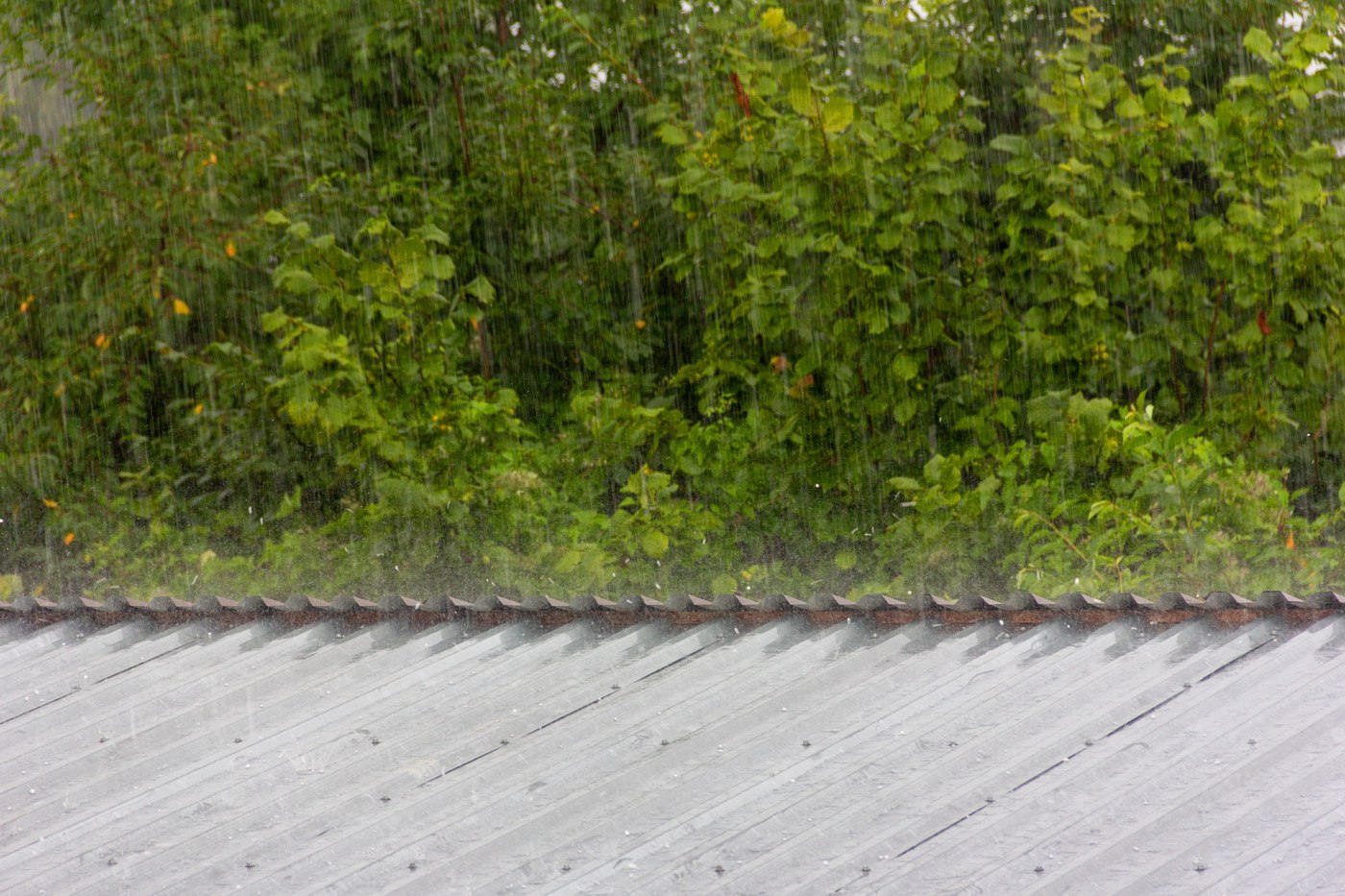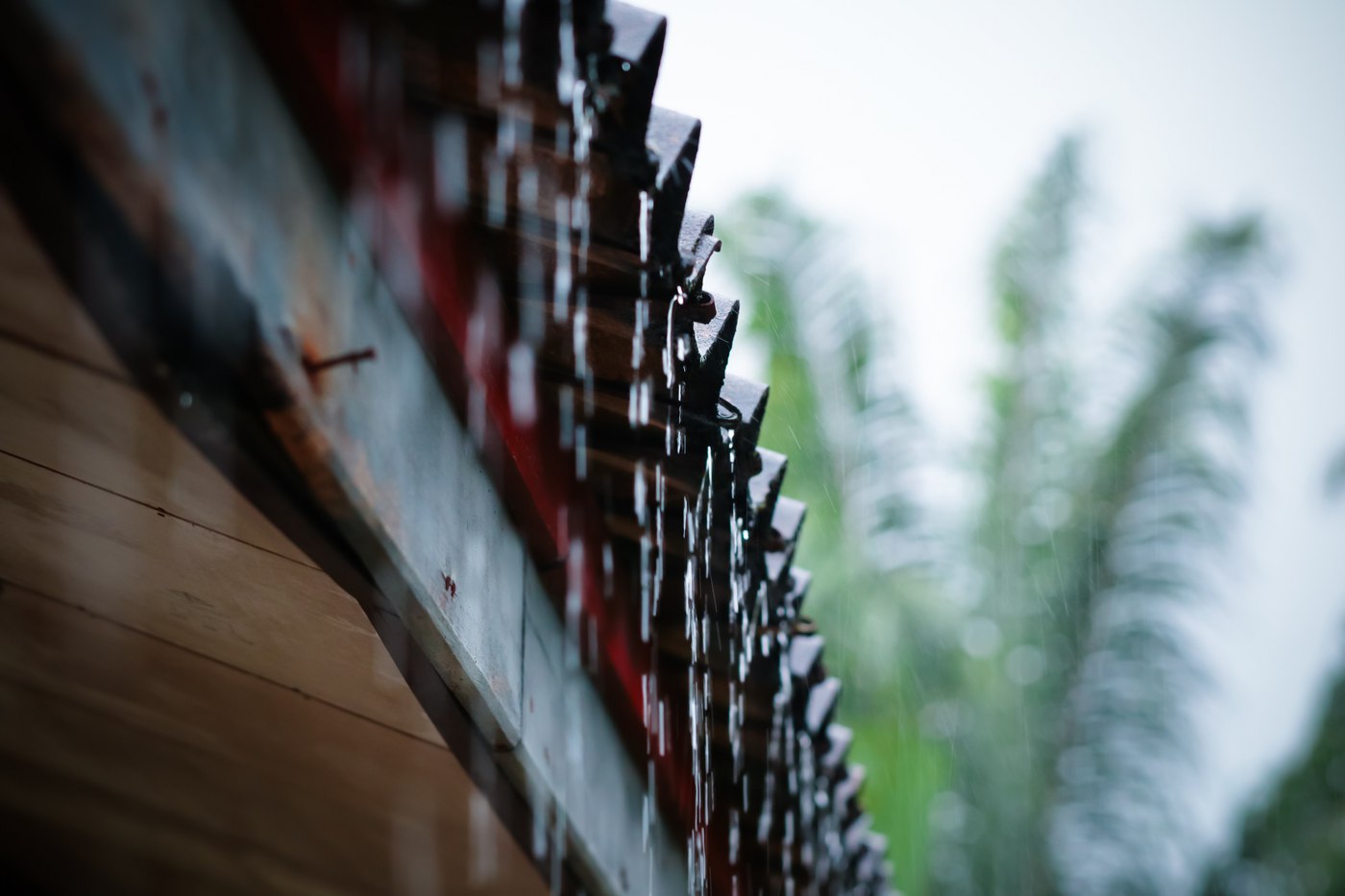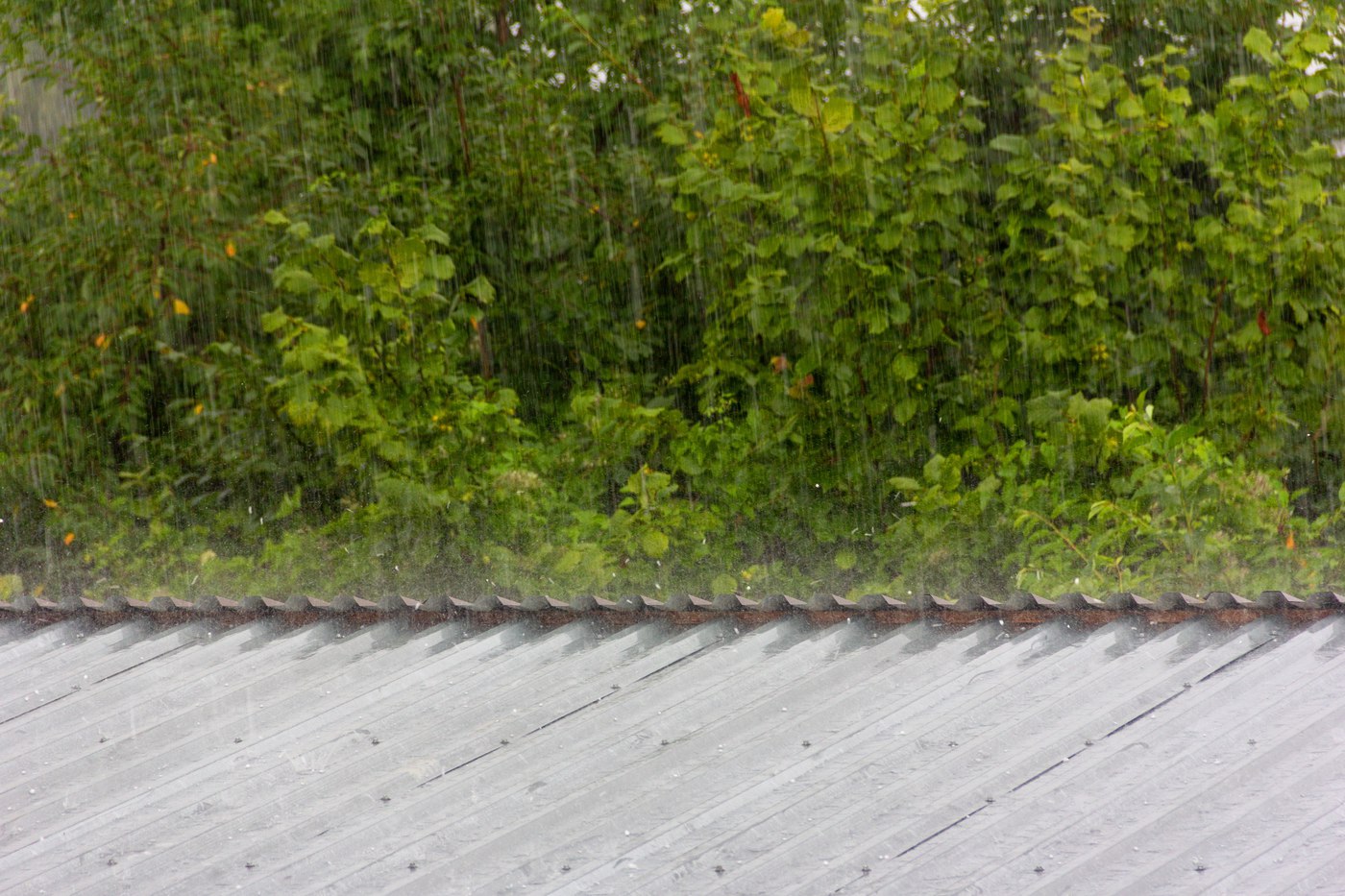Can Hail Damage A Metal Roof? A Guide To Impact Resistant Roofing
A roof’s ultimate purpose is to protect you and your home from the outside elements. However, sometimes those elements can be so severe that they can cause damage to your roof.
One of nature’s largest threats to your roof is hail. Hailstorms currently make up 70 percent of insured loss from severe storms. Even areas that don’t usually have hail, such as Phoenix, have dealt with hailstorms that resulted in billions of dollars of damage.
These storms are continuing to increase in frequency throughout the United States. The best way to protect your home from storm damage is to use quality materials that are designed withstand harsh elements.

At Western States Metal Roofing, we manufacture metal roofing and siding panels that have the highest rating for impact resistance. Metal is known for its durability which makes it an excellent choice when looking for a sturdy, long-lasting roof.
In this article, we discuss hail damage and what kind of impact resistance metal offers that you should look for when choosing your roofing.
How Does Hail Damage A Roof?
A roof that is not equipped to handle the impact of hail, such as a shingle roof, can result in damage that ranges from minor scratches to severe tears and punctures.
The effect that hail has on your roof depends on multiple factors including:
- Hail size
- Wind speed (mph)
- Roofing material
- Age of roofing material
- Roof Slope
When an asphalt shingle roof is impacted by hail, your roof can be left with spots that are exposed to the elements if the shingles have been cracked or blown off.
An asphalt shingle roof can also experience granule loss which leads to the roof aging prematurely. This is because the granules, which provide UV and fire resistance, have been removed leaving the asphalt coating exposed.
How To Tell If A Roof Has Hail Damage
If a hail storm is really intense, with something like 2” size hail balls, the damage will be obvious. Hail this size can easily break car windows. However, even less severe hail can cause damage that needs to be looked for.
If you are concerned that you may have roof damage from hail, check your gutters and siding first. These two areas can be good indicators of damage.
Checking Gutters For Hail Damage
Hail that is heavy enough to cause roof damage will more than likely also cause damage to your gutters. Check your gutters and downspouts for any dings or dents.
If you have an asphalt shingle roof that experienced granule loss from hail, you’ll probably find granules in your gutters, which causes them to clog up. As you can then imagine, overflowing and clogged gutters are a sign that you should also check your roof.
Checking Siding For Hail Damage
After a hailstorm, your siding should also be looked at. Substantial hail can cause dents and damage to the siding that indicates the roof should be checked.
It’s important to not assume that damage from hail is purely cosmetic. Hail can result in functional damage to your roof and therefore is important to have inspected.

Does Hail Damage Metal Roofs?
We’ve talked about what hail can do to a roof that’s not durable. But what about metal?
Metal roofs are highly resistant to hail damage. In fact, metal roofing offers such superior performance in hail conditions that some insurance companies even offer a reduced rate for homes with metal roofing.
It’s important to note that while metal offers great resistance to hail, sizable hailstones from a large storm can have an effect on a metal roof. Depending on the conditions, metal can be impacted by hail by either being dented or punctured.
Denting is merely a cosmetic issue that can be fixed without having to do any structural improvements to the roof. Punctures, on the other hand, can cause a roof to leak. It’s important to note that punctures are not very common with metal roofing, especially with thicker gauge metal.
How Thicker Metal Helps Protect From Hail Damage
Metal’s thickness plays a role in its durability.
The lower the gauge number, the thicker the metal. A metal roof in a 29-gauge metal is thinner and therefore more susceptible to dents than a roof in a 24-gauge. For more protection from hail and other elements, we recommend using a thicker gauge such as 24 gauge.
To learn more about metal roofing gauges, we recommend reading:
What Gauge Metal Roof Is Best For My Corrugated Roof?
What Gauge Metal Roofing Should I Use? (26 Gauge v. 29 Gauge)
What Is An Impact Resistant Roof?
An impact resistant roof is designed to resist damage that results from hail or any flying debris that could potentially damage the roof puncturing, denting or scratching the roof material. These roofs are made from durable materials such as metal.
How resistant a roof is to impact is determined by a standardized test and ranking system.
Determining Impact Resistance: UL 2218 Class 4 Testing
Underwriters Laboratories (UL) is a testing organization that conducts many consumer tests, including the UL 2218. The UL 2218 Standard For Impact Resistance Of Prepared Roof-covering Materials is the test that determines the strength of roofing materials. Depending on how well the material does, it will be given a rating from Class 1 (least impact-resistant) to Class 4 (most impact-resistant).
You can watch our version of the impact resistance test on our panels in the video below:
How Is A Class 4 Rating Determined For Metal Roofing?
During the UL’s test for impact resistance, a 2” diameter steel ball is dropped from approximately two stories onto the roof. In order for metal roofing panels to earn the title of a Class 4 rating, the ball must not tear, crack, split or open the panel’s surface in any way.
Benefits Of An Impact Resistant Metal Roof
- Fewer roof repairs
- More weathertightness
- Possibly save money on homeowner’s insurance
Impact Resistant Roofs Require Fewer Repairs
During a hailstorm, if you have a metal roof you have extra protection against denting, tearing, or puncturing from hail. Other roofing materials, such as asphalt shingles, do not perform as well in these conditions and often result in shingles needing to be repaired or replaced after storms.
Impact Resistant Roofs Have Less Of A Chance Of Leaking
With increased impact resistance, you also have a more weathertight roof. A metal roof is not likely to be punctured by hail, especially when it's in a thick gauge. This keeps your roof from having water penetrate through that could cause a leak.
Impact Resistant Roofs And Discounts On Homeowners Insurance
Some insurance companies will offer a reduced rate for having metal roofing because of its impact resistance. Check with your individual insurance company to see if a discount for metal roofing is offered.
When Is A Class 4 Metal Roof The Right Choice?
With over 5000 hailstorms in 2019 alone, there are a wide range of areas across the United States that are prone to roof damage from hail. If you live in an area that is prone to hail or severe weather, having a class 4 metal roof will offer both extra protection for your home and extra peace of mind for you.
When looking for a roof that is most resistant to hail damage, a material with a Class 4 impact rating is best.
Having a roof with a Class 4 rating means a smaller chance of cosmetic or functional damage after a hail storm or any event where debris comes in contact with your roof. It can also save you money on your insurance policy.



